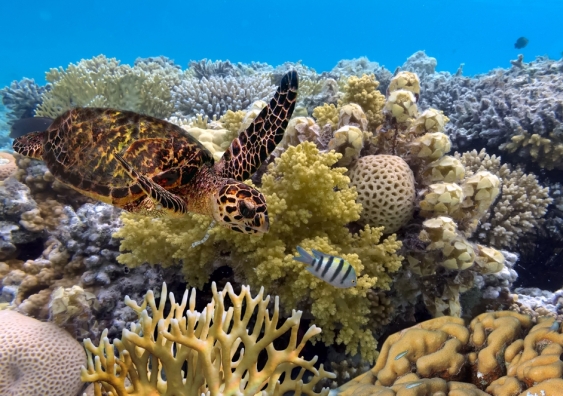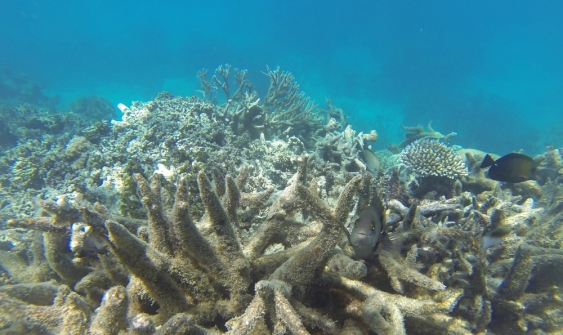The amazing biological fixes that could help save the Great Barrier Reef
Scientists around the globe are in a race to create, select, discover and cultivate heat-tolerant corals that will withstand the next 50 years of warming oceans, writes Emma Johnston.



